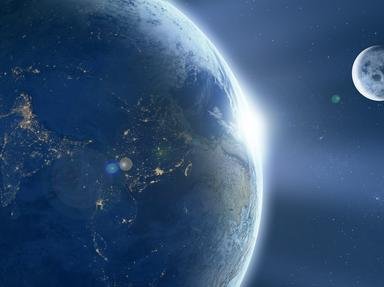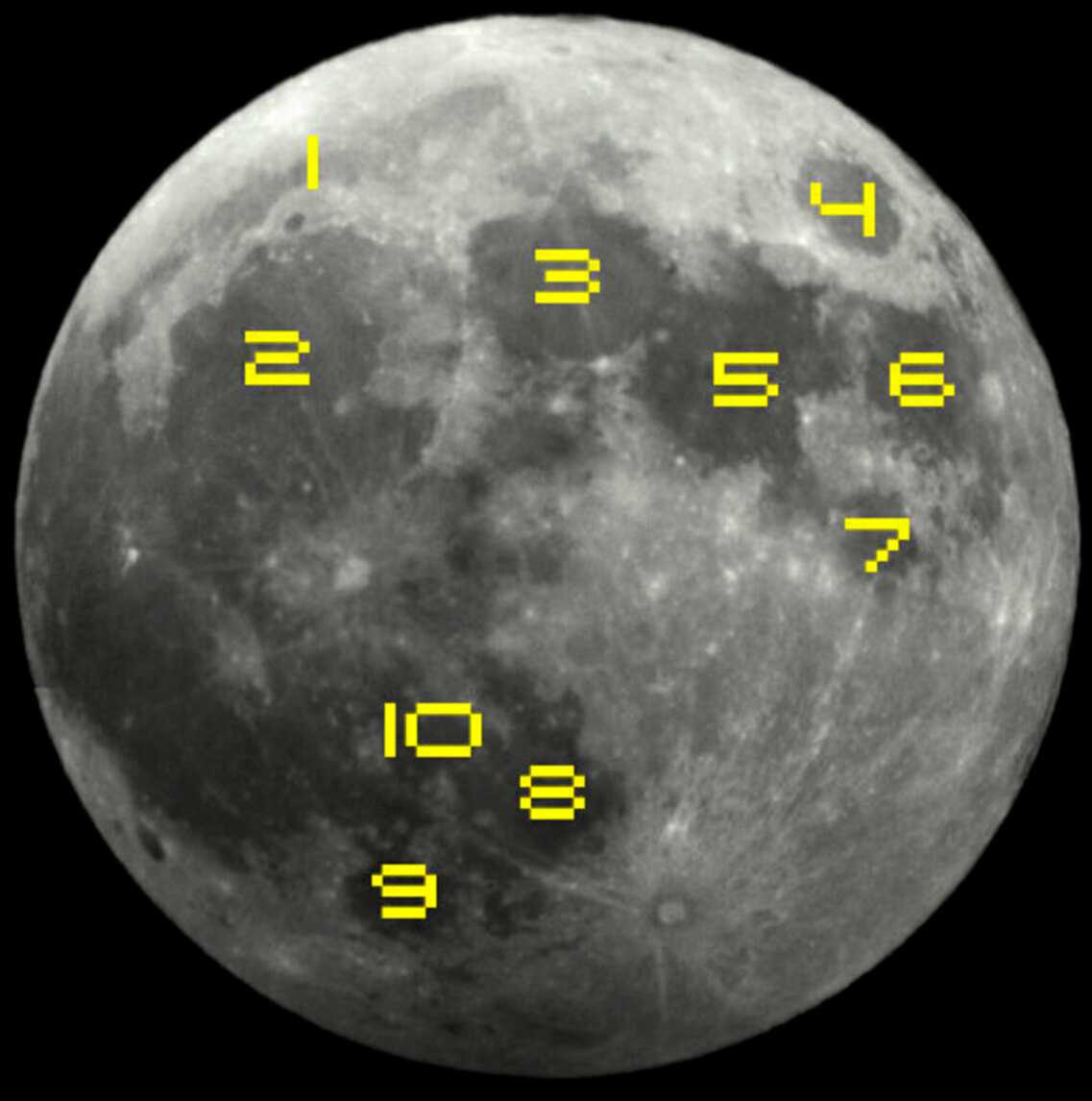
Where Can We See The Moon? Trivia Quiz
Selenography
You see it regularly in our sky, night and day, but as familiar as it is to your eyes, do you actually know any of the features of the lunar surface? See if you can correctly label the Moon with these ten selenographical points of interest (with clues).
A label quiz
by reedy.
Estimated time: 3 mins.
- Home
- »
- Quizzes
- »
- Science Trivia
- »
- Our Solar System
- »
- Moons
